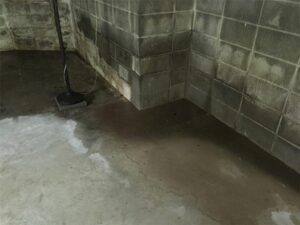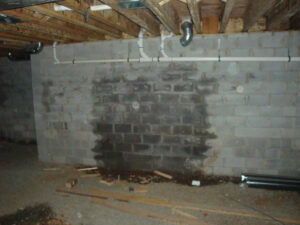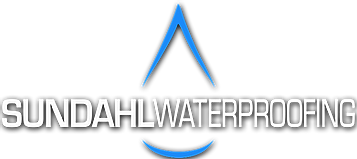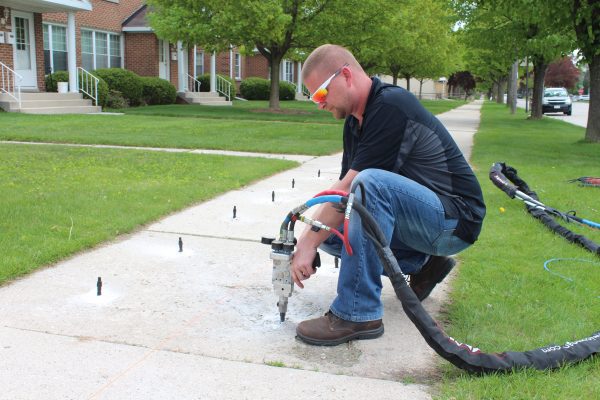The Imperative of Basement Waterproofing: A Three-Step Approach to Protect Your Home
A dry and secure basement is a fundamental aspect of maintaining the structural integrity and overall well-being of your home. Unchecked moisture in the basement can lead to a myriad of problems, including mold growth, structural damage, and compromised indoor air quality. In this article, we will explore the imperative of basement waterproofing and present a three-step approach to guide homeowners in safeguarding their properties.
Recognizing the Signs of Basement Moisture Issues
Before delving into the three-step basement waterproofing approach, homeowners must recognize the signs of potential moisture issues. Identifying these signs early on allows for proactive intervention, preventing more severe problems down the line. Common signs of basement moisture include:
Musty Odors: Unpleasant, musty smells in the basement are often indicative of mold or mildew growth, which thrive in damp environments.
Visible Mold or Mildew: The presence of mold or mildew on walls, ceilings, or belongings suggests elevated humidity levels and inadequate ventilation.
Damp or Wet Spots: Visible dampness or water stains on walls and floors are clear indicators of water intrusion into the basement.
Cracks in Foundation Walls: Foundation cracks can provide entry points for water, contributing to basement leaks and dampness.
Peeling Paint or Efflorescence: Peeling paint and white, powdery deposits on basement walls, known as efflorescence, are signs of water damage.
Warped or Buckling Walls: Excessive moisture can lead to structural issues, causing walls to warp or buckle over time.
Now that we’ve established the importance of recognizing signs of basement moisture, let’s explore the three-step approach to effective basement waterproofing.
Assessment and Professional Inspection
The first step in the basement waterproofing process is a thorough assessment and professional inspection. Engaging the services of a qualified waterproofing professional ensures a comprehensive evaluation of the basement’s current condition and potential vulnerabilities. Key aspects of this step include:
Site Inspection: Professionals will inspect both the interior and exterior of the basement, looking for signs of water entry, foundation cracks, and other structural issues.
Identification of Vulnerabilities: Based on the inspection, experts will identify specific vulnerabilities contributing to basement moisture, such as poor drainage, foundation cracks, or inadequate waterproofing.
Moisture Testing: Utilizing advanced tools, professionals can conduct moisture testing to assess humidity levels in the basement and identify potential areas of concern.
Customized Solutions: Following the assessment, waterproofing professionals can recommend customized solutions tailored to the unique characteristics of the basement. This may include exterior waterproofing, interior drainage systems, or foundation crack repairs.
Implementation of Targeted Waterproofing Solutions
Armed with the insights from the professional assessment, the next crucial step is the implementation of targeted waterproofing solutions. This step involves a range of techniques and technologies to address specific vulnerabilities and prevent future moisture issues:
Exterior Waterproofing: This method involves applying a waterproof membrane to the exterior walls of the foundation. It serves as a barrier, preventing water from infiltrating the basement. Exterior waterproofing is particularly effective in areas with heavy rainfall or high groundwater levels.
Interior Drainage Systems: Installing interior drainage systems, such as French drains or a perimeter drain system, helps manage and redirect water that has entered the basement. These systems prevent water from pooling and causing damage.
Foundation Crack Repair: Addressing foundation cracks is crucial for preventing water intrusion. Professionals can use epoxy or polyurethane injections to seal cracks effectively, restoring the structural integrity of the foundation.
Sump Pump Installation: Sump pumps are valuable tools for preventing basement flooding. They collect excess water in a designated pit and pump it away from the home, providing an additional layer of protection against water accumulation.
Vapor Barrier Installation: To control indoor humidity levels, professionals may recommend the installation of a vapor barrier on interior basement walls. This moisture-resistant barrier helps prevent the condensation that can lead to mold growth.
Regular Maintenance: Ongoing maintenance is essential to ensure the longevity of waterproofing solutions. Professionals can conduct regular inspections, address any emerging issues promptly, and provide guidance on homeowner maintenance practices.
The Long-Term Benefits of Basement Waterproofing
In conclusion, basement waterproofing is not merely a reactive measure but a proactive investment in the long-term health and stability of your home. By recognizing the signs of basement moisture issues, engaging in a professional assessment, and implementing targeted waterproofing solutions, homeowners can mitigate the risks associated with water intrusion. The three-step approach outlined here empowers homeowners to take charge of their basement’s well-being, ensuring a dry, secure, and resilient space for years to come. Whether you’re preventing potential issues or addressing existing concerns, basement waterproofing is a sound investment in the overall health and longevity of your home.
Contact the Professionals at Sundahl Waterproofing Today! 914-834-9212
Sundahl Waterproofing is proudly powered by WordPress

